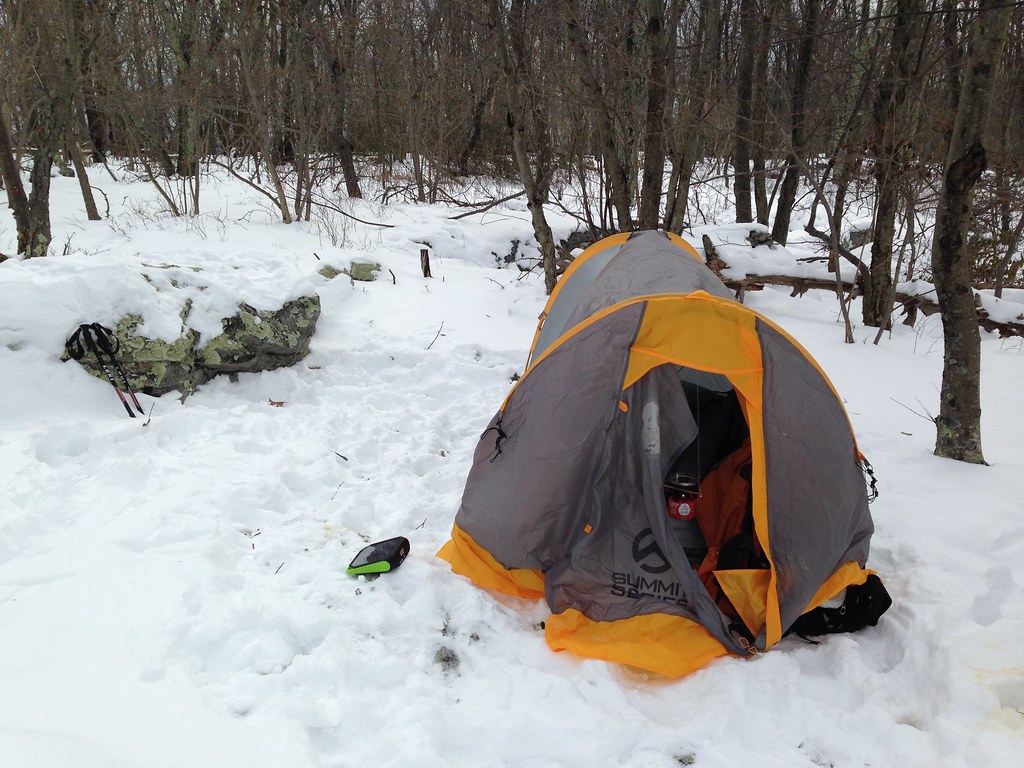
Tips for Cold Weather Camping
We may earn money or products from the companies mentioned in this post.
Camping doesn’t have to end when the leaves fall or snow starts dusting the trail. In fact, there’s something peaceful—almost magical—about a quiet winter campsite. No crowds, no mosquitoes, and often no fees. But with the crisp, serene beauty of winter comes the challenge of staying warm and dry.
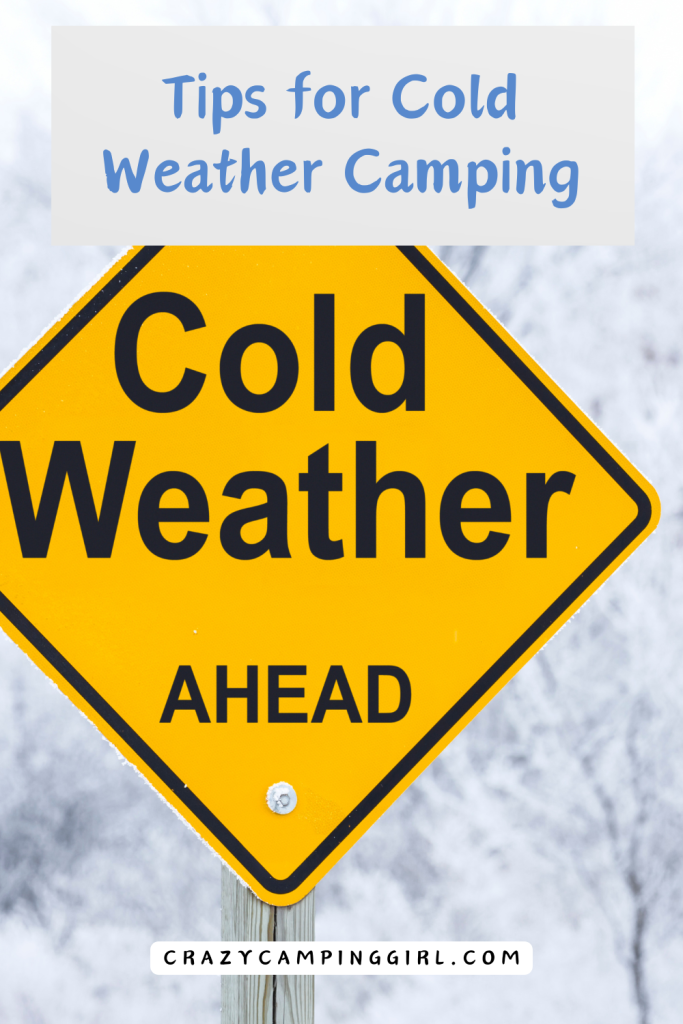
Cold weather camping can be just as comfortable as summer camping but you must have the right gear, smart planning, and a touch of wool. Here’s how to turn freezing forecasts into cozy campfire stories.
Choose the Right Sleeping Bag for Cold Weather Camping
Your sleeping bag is your best defense against the cold. Not all bags are created equal, so it’s worth investing in one that matches your climate and camping style.
A 3-season sleeping bag is usually the minimum for camping outside the summer months. If you’re braving snow or high elevations, a 4-season or 4+ rated bag is a safer bet. These ratings are general guidelines, and actual warmth depends on the brand, materials, and your own body’s heat retention.
Mummy-Style for Maximum Warmth
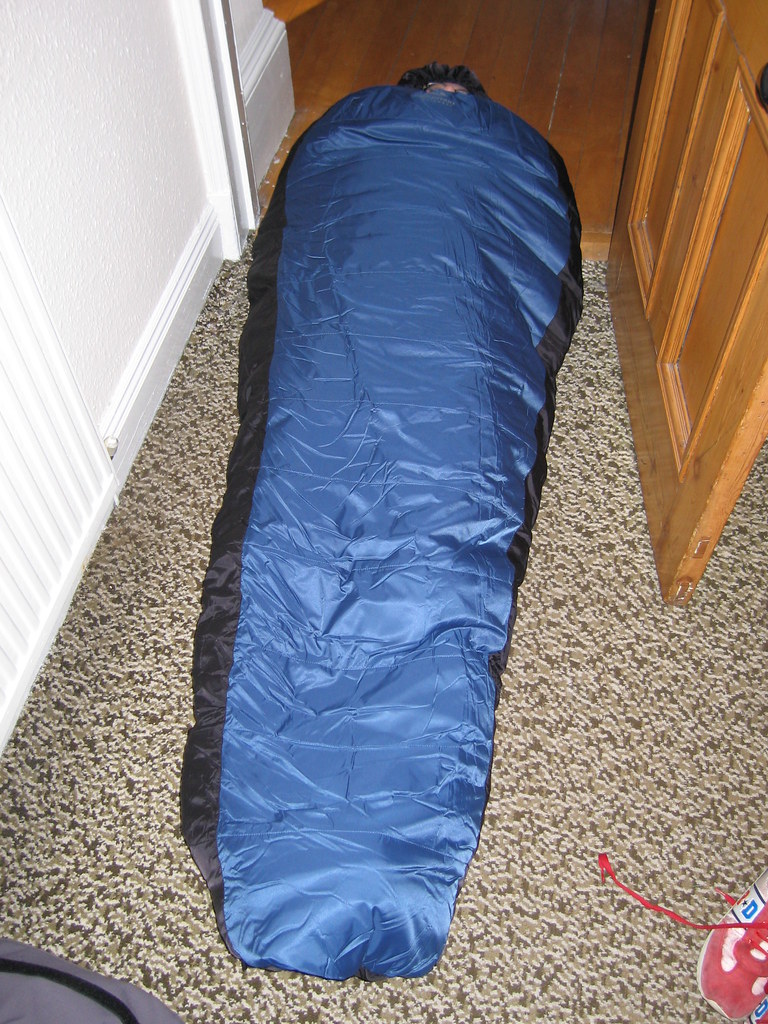
The shape of your sleeping bag matters. Mummy-style bags, which taper at the feet and often include a hood, are designed to trap body heat efficiently by minimizing empty space. Your body is the battery that heats the bag, so keeping heat close is key.
Down vs. Synthetic Insulation
Down-filled sleeping bags are the gold standard for warmth-to-weight ratio. They compress well and retain heat beautifully. However, if they get wet, they’re nearly impossible to dry in the field. Synthetic bags are heavier and bulkier but stay warm even when damp and are generally more budget-friendly.
Don’t Overlook the Sleeping Pad
A great sleeping bag won’t do much if you’re losing heat to the frozen ground. Your sleep mat is your insulation layer from below.
Closed-Cell vs. Self-Inflating Mats
- Closed-cell foam mats are lightweight and inexpensive. Cold-weather campers often double them up for extra insulation.
- Self-inflating mats offer more comfort and better insulation. They combine air chambers with insulating foam and are ideal if you’re car camping and want a warmer, more cushioned night.
Avoid standard air mattresses in winter, air easily circulates inside and saps warmth from your body, making them the worst option for cold-weather insulation.
Smaller Tents Stay Warmer
When it comes to cold weather camping, smaller tents are better. They retain heat more efficiently and reduce drafts. The proximity of fellow campers also helps—shared body heat can go a long way in a well-sealed tent.
That said, don’t seal it up too tightly. Proper ventilation is critical to prevent condensation from collecting and freezing inside your tent, which can make for a soggy, icy morning.
Add Extra Layers—Especially Wool
Layering isn’t just for clothing. Wool blankets, fleece liners, and sleeping bag inserts add serious insulation without bulk. Wool is especially wonderful: it retains heat even when damp and regulates body temperature better than most synthetics.
For sleeping, layer your bedding the same way you would your clothing. The goal is to trap warm air close to your body while keeping cold air out.
Pre-Warm Yourself Before Bed
One of the best ways to stay warm all night is to climb into your sleeping bag already warm.
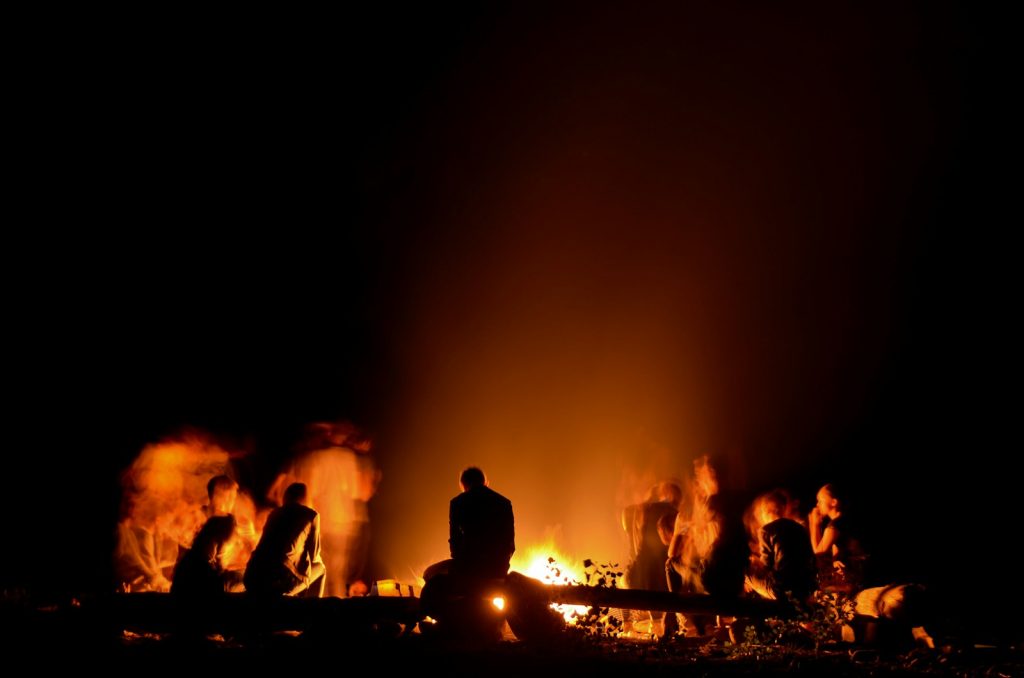
- Sit by a campfire before turning in
- Do light exercises like jumping jacks or a brisk walk around camp
- Fill a hot water bottle and place it in your sleeping bag 10–15 minutes before crawling in
Modern hand and foot warmers (like those made by Zippo or other outdoor brands) are great extras, especially for those prone to cold fingers and toes.
Campfires Are a Cold Camper’s Best Friend
If your campsite allows it, a campfire is more than just ambiance—it’s warmth, cooking heat, and a morale booster. Sitting by the fire in the evening helps you build up body heat before heading into the tent. Roast dinner, warm your hands, sip hot cocoa, and watch the stars in comfort.
Just be sure to bundle up before the fire dies down, so you trap that warmth inside your layers before slipping into your bag.
Stay Dry—Dampness Is the Enemy
Cold is uncomfortable, but wet and cold is dangerous. Avoid sweating through your base layers during the day by peeling off insulation as needed. When in doubt, change into dry clothes before bed, especially socks and underlayers. Keep wet gear away from your sleeping area, and have dry options ready if you get caught in snow or rain.
Bring the Right Extras
A few small additions can make a big difference.
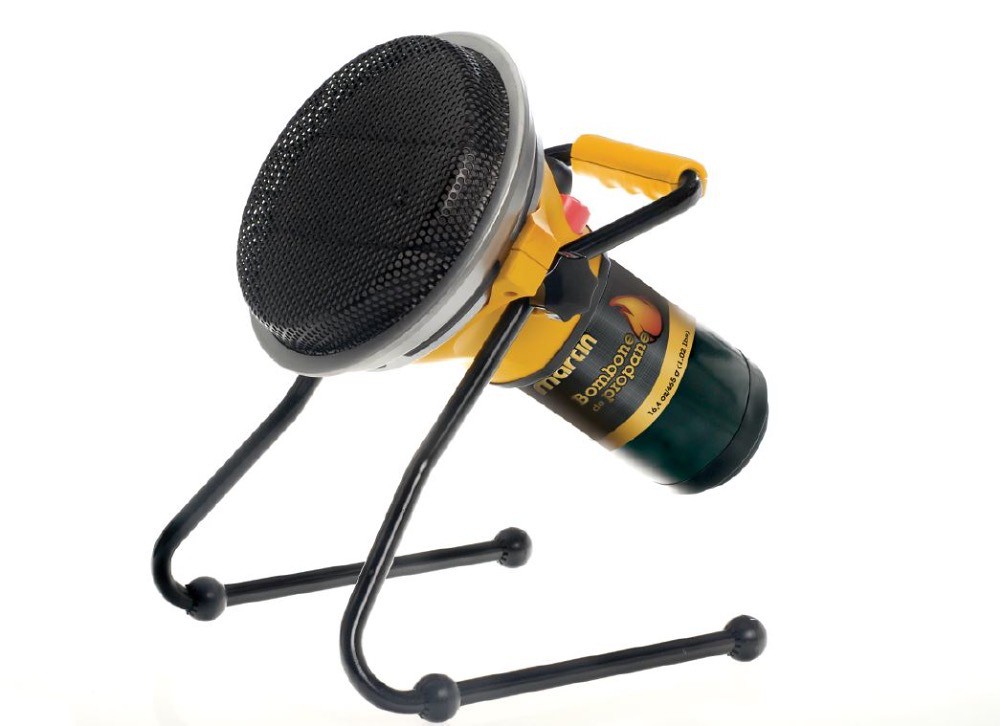
- Tent-safe heater (use with caution and ventilation)
- Extra socks, gloves, and base layers
- Emergency bivy or space blanket
- High-calorie snacks – your body burns more energy staying warm
- Insulated water bottles to prevent freezing
- A good hat (you lose a surprising amount of heat from your head)
Know Yourself and Your Limits
Everyone handles cold differently. Age, health, body type, and fitness all affect how well you retain warmth. Don’t push your comfort zone too far. If you’re shivering constantly or can’t sleep from the chill, it’s okay to pack it up or seek shelter. Camping should be fun, even in the cold.
Why Winter Camping is Worth It
Cold weather camping isn’t just a way to save money on hotels or escape summer crowds, it’s an entirely different kind of outdoor experience. Snow-blanketed forests, quiet trails, and starlit nights have a peaceful magic all their own. And with fewer bugs, lower campground fees, and more privacy, you just might find yourself preferring the cold over the crowds.
With the right preparation and gear, winter camping can be cozy, rewarding, and something you look forward to every year.
